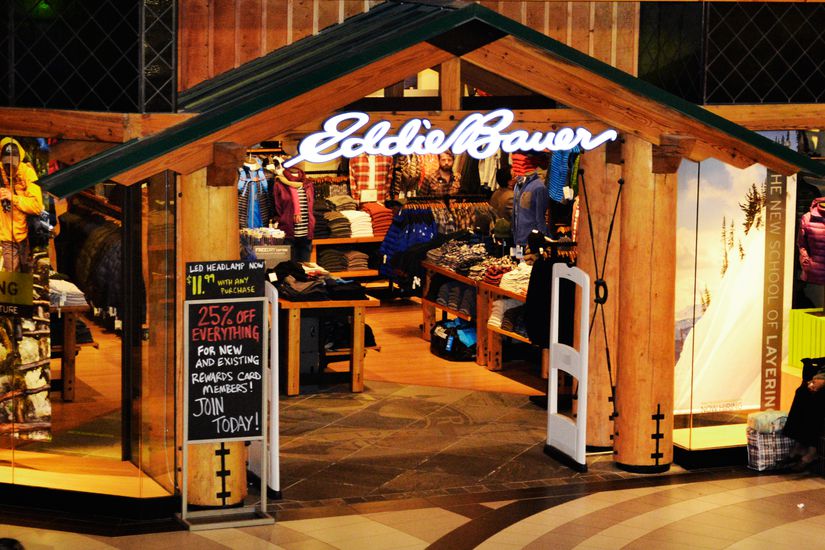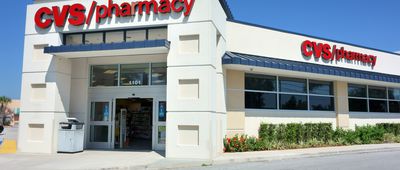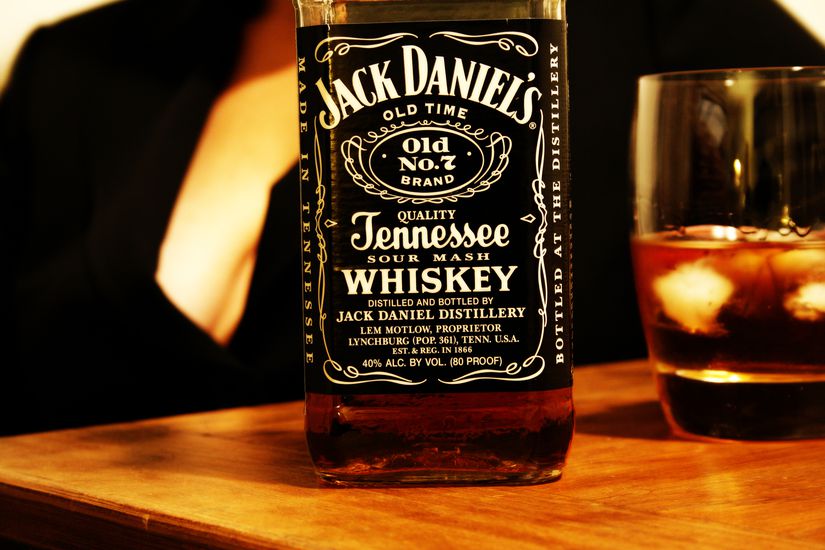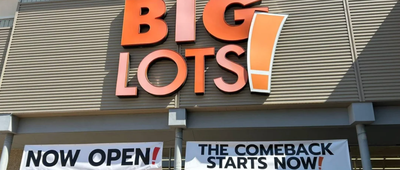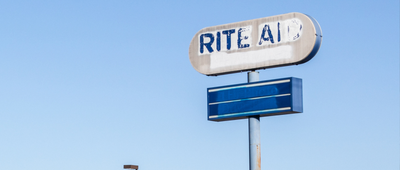Earning Their Way For A Century (or More)
Companies come and go, but a few have been able to survive — and even thrive — over the long haul, usually with some twists and turns along the way. Here’s a look at some of the big business names that have managed to negotiate at least 100 years.





